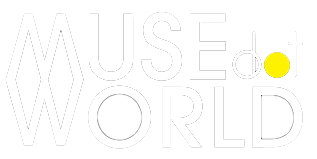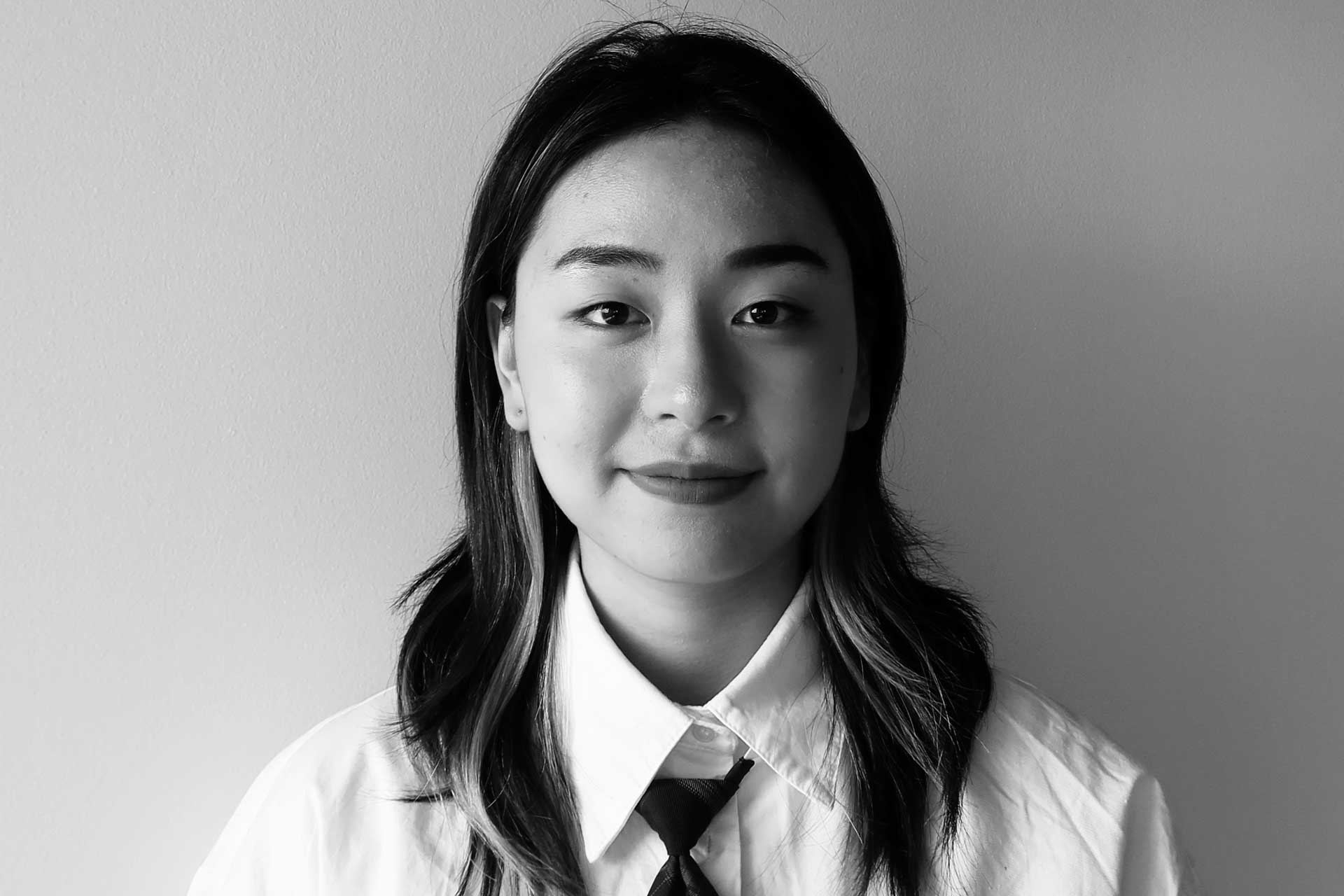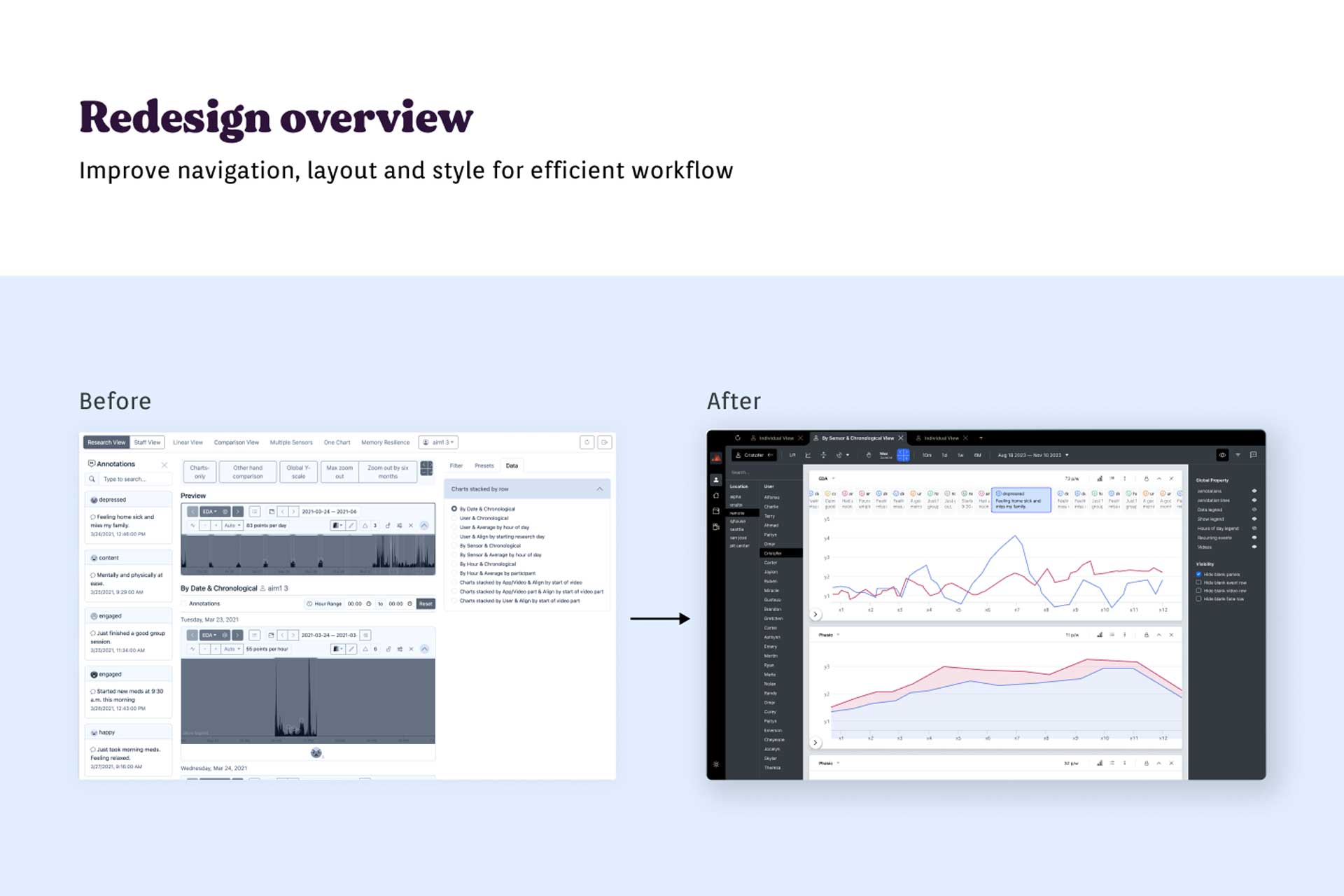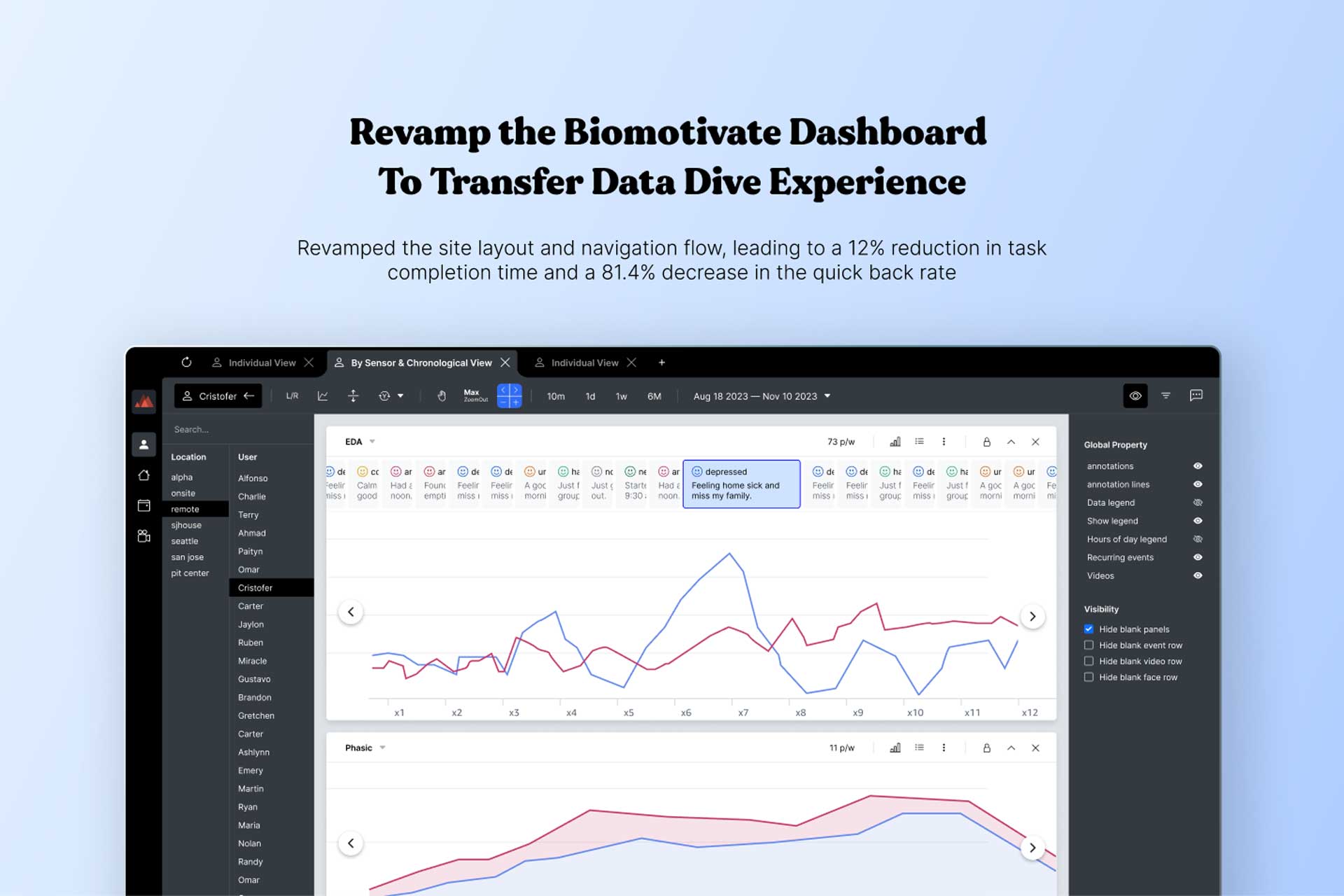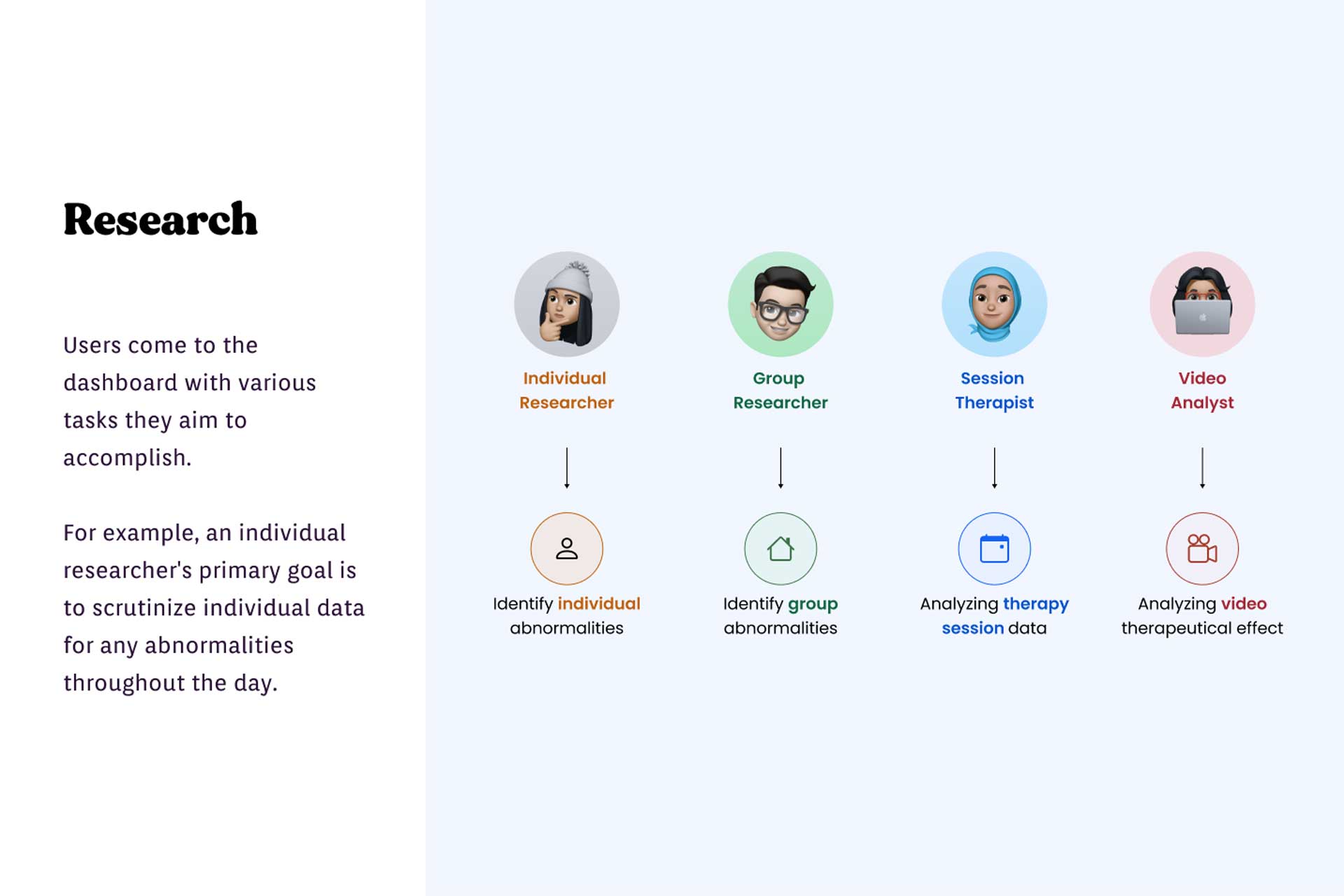Yanling Zhang on Streamlining Medical Dashboards

Optimizing Call Centers with AI & BI by Suman Chintala of 66degrees
February 27, 2025
Bringing OrenjiGO to Life: Yuye Jin on the Joy of Interactive Design
February 27, 2025Yanling Zhang
Yanling Zhang, a product designer at Biomotivate, leads design for an addiction treatment project while also working at a video management software company. Her experience across these fields allows her to adapt quickly and apply design to drive meaningful innovation.
I'm Yanling Zhang, also known as Jenny and I'm a product designer based in Seattle. My career has taken me across industries, allowing me to work on diverse design projects, gain a unique perspective, and develop a passion for solving real-world challenges.
Through my experience, I’ve learned that creativity and user insights are essential in building designs that solve problems effectively and leave a meaningful impact. I focus on user needs, blending design with technology to create products that resonate with people and add value.
Creativity, for me, is about connecting the dots. From a young age, I learned to paint, and my experiences in art taught me to seek meaning and beauty.
Over time, I found myself drawn to the logical side of problem-solving. By combining aesthetics with understanding and context, I discovered I could create solutions that not only look good but also genuinely help people.
At Biomotivate, I lead the product design for an addiction treatment project. This role is crucial in transforming a complex medical dashboard into a user-friendly tool that enables researchers and therapists to monitor patient metrics like skin conductance, heart rate, and other critical indicators.
The project requires balancing complexity with simplicity to ensure that all stakeholders can easily access and interpret the data they need to make informed decisions. My role at Biomotivate has been central in setting the direction for this dashboard, from the initial design concept to testing and iteration.
Currently, I’m also a Product Designer at a video management software company. Here, I oversee initial design phases, research, and development for core product features. My role spans various responsibilities, from roadmap planning to hands-on design implementation.
Working across these fields has helped me quickly adapt to new contexts and use my design skills to drive impactful innovation.
My process starts with immersing myself in the context, gathering information, and understanding the needs. I begin with small experiments to test workflows, gradually moving to larger projects where I generate and validate ideas.
Towards the end, I collaborate with developers to refine the design and ensure a smooth deployment.
I love the testing phase because it allows me to see how others react to my designs. This feedback opens up new perspectives and often reveals opportunities to refine or expand the design.
It’s exciting to see ideas evolve and improve through feedback.
Yes, my background in traditional Chinese painting taught me to focus on capturing the essence of an idea. This emphasis on purpose and clarity shapes my design approach, as I prioritize understanding what I’m creating and why.
Additionally, my experience working on rural design projects in China instilled a desire to make designs that positively impact people's lives.
The project was a meaningful one for me, as I led the redesign of a complex medical dashboard to improve user experience. The dashboard serves various users, from researchers to therapists, and presents essential biometrics for addiction therapy.
The challenge was to create a user-friendly interface that supports diverse needs while handling complex data.
The biggest challenge was working with a dashboard that had accumulated years of features without refinement. It was dense with information, catering to a complex domain and a diverse user base. We had to streamline this while preserving critical functions.
My team and I conducted thorough research and analysis to re-establish a clear, structured framework that would serve all user groups effectively.
I love that the design industry is responsive to real-world needs and user-centered. I also appreciate the rapid testing process, which allows for quick iteration, unlike traditional fields with long development cycles.
Finally, the industry is open-minded and collaborative, with designers eager to share knowledge and help each other grow.
I believe AI and conversational design will significantly impact the industry, reshaping both the design process and end products. Traditional web and software design may evolve into more integrated experiences, possibly beyond graphical interfaces.
As AI automates certain tasks, designers will have more freedom to focus on conceptual work and innovation.
One thing I don’t often share is that my design process starts out a bit chaotic. I try various tools, sketches, and frameworks to explore ideas. Although it looks messy, this exploration helps me find the best solutions.
At the end of the process, I organize everything into a clear, logical presentation, but this initial chaos is essential to my process.
A writer I know who started her career later in life after facing significant personal challenges has been a major inspiration. Her journey showed me that it’s never too late to start something new and meaningful, especially for women.
Her courage and resilience have inspired me to pursue my own goals and believe in the power of persistence.
Yanling Zhang
Yanling Zhang, a product designer at Biomotivate, leads design for an addiction treatment project while also working at a video management software company. Her experience across these fields allows her to adapt quickly and apply design to drive meaningful innovation.
Explore the journey of Qianru Zhang, the Silver Winner of the 2024 MUSE Creative Awards. She is the lead UX designer at Kora Financial, driving the user experience from concept to execution. She creates wireframes, builds interactive prototypes, and collaborates with UI designers and engineers to deliver seamless, intuitive digital experiences.
